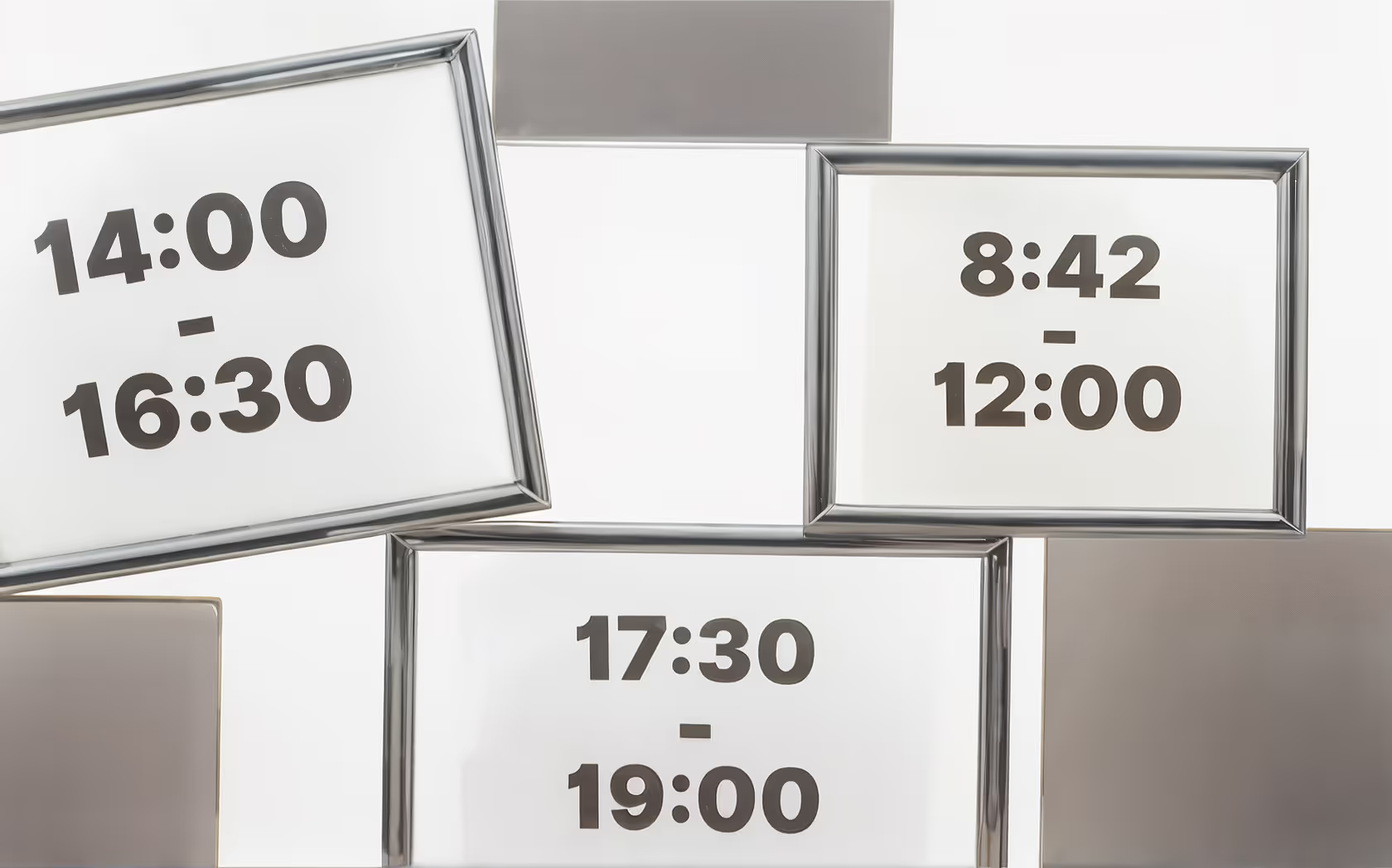Beyond Resolutions: Crafting Your Life Roadmap for Long-Term Success

We can already hear Mariah Carey in the air, signaling the festive season and the inevitable arrival of a new year. It’s the perfect moment to reflect on the past and, more importantly, to start roadmapping your future year (or even the next 5 or 10!). While “New Year, New Me” resolutions often fade by February, a well-thought-out life roadmap provides the core of the strategy for lasting change and genuine personal growth.
We’ll show you how to create a reliable time management system – a framework that will guide your decisions, track your progress, and help you achieve your most ambitious goals.
Definition of Roadmapping
A life roadmap is a strategic planning system that breaks down long-term goals (5-10 years) into actionable milestones. To build one: define your vision, set SMART goals, break them into quarterly/monthly steps, schedule time for each, and review progress weekly.
Why You Need a Future Planning Roadmap
Resolutions often come with a sense of heaviness from the need to fulfill them. To write a list of goals for the next year and feel true optimism and a surge of energy, a real New Year’s miracle usually needs to happen. So let’s not wait for a miracle when we have the tools to make planning easier. Rather than creating an abstract list of goals, we suggest considering a strategic system that will help you support yourself and achieve results. Let’s play the long game together with Timestripe.
As is often the case with adults, several areas of life overlap and depend on each other, such as career, relationships, health, and personal development. We do not exist in a vacuum. One of the steps in building your roadmap is therefore to identify and clear some mental space and understand the steps required to achieve your new goals with the help of a planner.

Your life is the most important journey you’ll ever take, and a roadmap ensures you’re heading in the right direction, prepared for detours, and celebrating milestones along the way.
How to Build a Future Roadmap: Step-by-Step Guide
Ready to move beyond wishful thinking? Here’s how to build an effective future roadmap that will work.
1. Carve out time for it
Before you start planning, make sure you take care of yourself. It’s easy to spiral and consider not your own goals, but ones that have been imposed on you – and that’s not what we want. Set aside an hour or so for your big plans and make yourself comfortable. You got that.
2. Define Your Long-Term Goals
Based on your vision, identify specific, measurable, achievable, relevant, and time-bound (SMART) long-term goals. These are the major destinations on your roadmap.
3. Break It All Down
A 10-year goal can feel overwhelming. Break each long-term goal into smaller, manageable milestones. What do you need to achieve this year? This quarter? This month? This week? This creates a clear path forward, and Timestripe is designed exactly for this purpose. Use Timestripe's Horizons to visualize your 10-year roadmap: Days, Weeks, Months, Years and Life view on one screen. Click here to see how it works

4. Prioritize and Schedule
Not all goals can be pursued with equal intensity at the same time. Decide what’s most important right now, then allocate dedicated time in your schedule for working towards these goals. For a systematic everyday workflow, try time-blocking approach.
5. Integrate System Thinking for Personal Growth
This approach extends beyond individual goals; it involves understanding how different aspects of your life interact. System thinking for personal growth means recognising that your habits, environment, and relationships all form a system that either supports or hinders your progress. Think about what hindered and what helped you to achieve your goals this year. How can you optimise this system to make achieving your goals more natural and sustainable? It’s useful to analyse your actions regarding what is and isn’t working once a month, and to rearrange your actions based on this analysis.
Life Progress Tracking: Staying on Course
A roadmap is only useful if you check it regularly. This is where life progress tracking comes in. Regularly reviewing your progress helps you stay motivated, identify roadblocks, and make necessary adjustments. Better to build your time management as a flexible system rather than a rigid one. With that idea in mind, you’ll save yourself a lot of nerve cells.
How to track life progress:
- Weekly Reviews:
- Monthly Check-ins:
- Quarterly & Annual Assessments:
- Journaling:
Dedicate time each week to review what you’ve accomplished, what challenges you faced, and what you plan for the next week.
Look at your monthly milestones. Are you on track? Do you need to adjust your strategy or timeline?
These are crucial for evaluating your long-term goals. Are they still relevant? Have your priorities shifted? This is also a great time to celebrate significant achievements!
A simple journal can be a powerful tool for reflection and tracking emotional and mental progress alongside tangible achievements. Even a few written sentences will help you get the information out of your head and see what is happening to you from the outside.
The Power of 10-Year Life Planning
While a year-long plan is great, 10-year life planning encourages a truly expansive view. It helps you think about legacy, major life transitions, and the kind of person you want to become. This long-term perspective can profoundly influence your short-term decisions, ensuring they align with your ultimate vision. After all, you are building your life, and that is an interesting process. Start planning it with these free templates.
Best Apps for Planning Your Life
There are many tools to support your future planning journey. Here are some of the best apps for planning your life:
- Timestripe: (Of course!) Designed specifically for long-term goal setting, visualising your future roadmap and progress tracking, Timestripe helps you visualize your life roadmap and break down big goals into actionable steps. It's perfect digital life planner with visual life timeline for beginners.
- Task Managers (e.g., Todoist, TickTick): For managing daily tasks and ensuring you’re consistently working on your smaller milestones.
- Habit Trackers (e.g., Streaks, Habitica): To build consistent routines that support your personal growth.
- Journaling Apps (e.g., Day One, Journey): For reflection, gratitude, and tracking your thoughts and feelings alongside your actions.
- Mind Mapping Tools (e.g., MindMeister, XMind, Miro): Great for brainstorming your vision and breaking down complex ideas.
And let’s not forget the good old notebooks or even just a piece of paper. A second brain built on your computer cool, but sometimes it’s too complicated, and you can help yourself and take an important step just by writing down your desires on paper.
Start Your New-Year, New-Me Roadmapping Today
Don’t let another year slip by without a clear direction. Embrace the “New Year, New Me” spirit by transforming it into a sustainable practice of future planning. By building a robust life roadmap, engaging in consistent goal tracking, and applying system thinking for personal growth, you’re designing the life you truly want.
So, where to start your new-year new me roadmapping? Right here, right now. Your future self will thank you.
Read next

Ready to take control of your schedule?
Start your trial of Timestripe today. Your future, more focused and less stressed self, will thank you for committing to intentional time allocation.
Get Started


